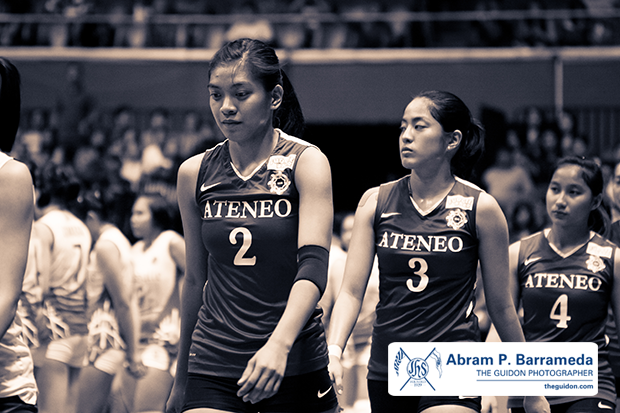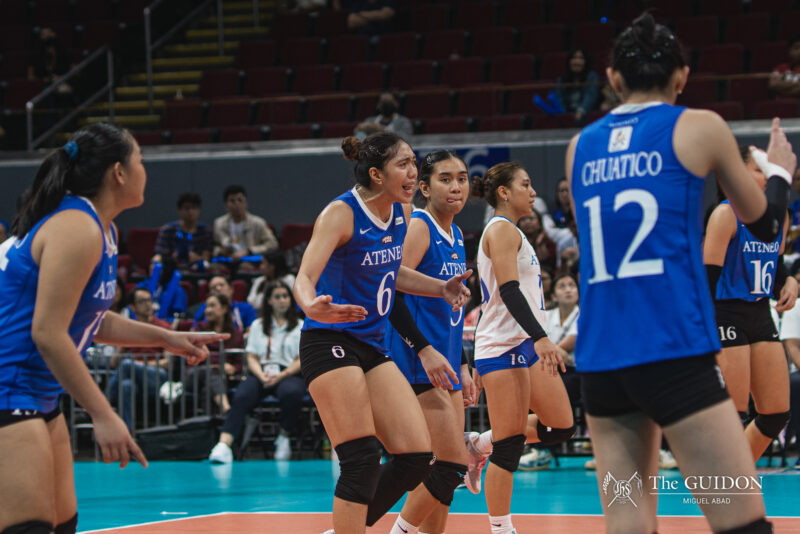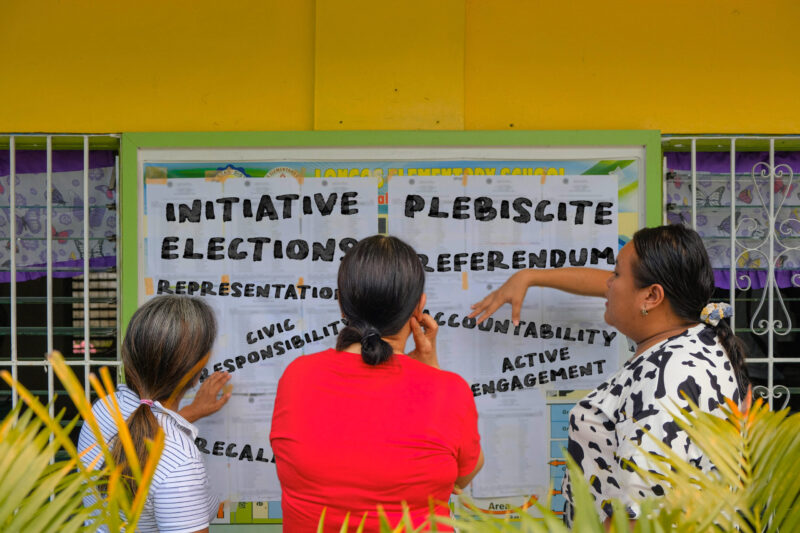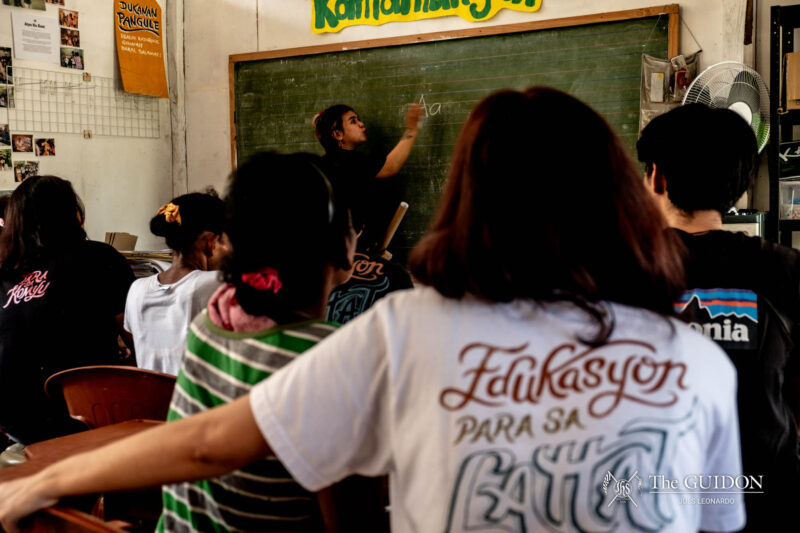WITH THE University Athletic Association of the Philippines (UAAP) board arriving at a five-to-two vote last March 5—with only Ateneo de Manila University and the University of the Philippines (UP) voting against the proposition—the original one-year residency rule was successfully amended to a two-year policy.
The controversial new rule states that transferees from high school to college from one UAAP member school to another must now sit out two years before being eligible to suit up for their new school.
The decision was met with much public scrutiny, with students, athletes and alumni speaking up on social media. Even members of the nation’s legislative body, such as Senator Pia Cayetano, a former UP volleyball player, have voiced their disapproval.
In an interview with ABS-CBN, Cayetano, who also serves as the chairperson of the Senate committee on youth, women and family relations, stated, “I still believe this ruling denies athletes of their rights to develop their full potential, and is an unreasonable limitation on an athlete’s freedom of choice as well as academic freedom to choose which college to enter into.”
Cayetano spearheaded the effort to abolish the new rule, discussing the issue in an open letter, a Senate hearing and an online petition.
The UAAP Board, however, decided to uphold their original decision. The new rule is therefore here to stay and will take effect in the upcoming Season 76.
Homegrown dilemma
Because of the new rule, UAAP high school players will have to remain with their respective alma mater at the collegiate level to avoid being affected by the new policy.
In an interview for ANC’s Hardball, UAAP secretary-general Junel Baculi said that the rule’s main purpose is to avoid the “piracy” of players. He stressed the rule’s goal of hindering schools from recruiting athletes who were trained and developed by other schools.
With this turn of events, UAAP schools are now encouraged to be more aggressive in recruiting athletes from provincial schools and other leagues, such as the National Collegiate Athletic Association.
Just a few years ago, the Ateneo brought in Justin Chua, Ryan Buenafe and Nico Salva from Chiang Kai Shek, San Sebastian and San Beda, respectively. None of them were homegrown Atenean athletes, but each one was vital to the Blue Eagle’s recent success.
Another effect of the rule is that recruitment will have to start at an earlier stage. Scouts will now recruit as early as grade school and high school. This, however, presents a possible dilemma for schools such as the Ateneo, an exclusive boys’ school in both elementary and secondary levels.
“Lahat ng student-athletes, wala nang choice but to stay in their school. Kawawa naman ‘yung ibang schools na wala naman talagang grassroots. (All of the student athletes will have no choice but to stay in their schools. It’s unfortunate the other schools with no grassroots),” explains Alyssa Valdez of the Ateneo Women’s Volleyball Team.
Release clause
Recent developments have fortunately made the new rule less severe. According to a statement released by the UAAP last May 13, an athlete transferring from one UAAP school to another does not need to undergo the two-year residency if his or her high school issues a release clause.
Given that it’s in the hands of the high school whether an athlete will be cleared to play in a different university, the high schools may be put in a situation where they will be deemed unjust if they refuse to sign the papers.
“I think the release clause aims to diffuse the pressure from the UAAP as a whole and transfer that burden onto a particular university,” shared David Puen, a former UAAP Men’s Tennis player who is currently teaching at the Physical Education and Leadership and Strategy Departments.
Evolution from the “Soc Rivera rule”
After obtaining a finals berth in the beach volleyball tournament and making back-to-back finals appearances in the women’s volleyball tournament, Lady Eagle Alyssa Valdez not only established herself as the team’s top scorer but also contributed to her team’s rapid ascension in the volleyball ranks. She has achieved all of this in a span of just two playing years.
However, she only managed these accomplishments after sitting out an entire season, as required by the previous one-year residency rule.
A former standout for the University of Santo Tomas in the junior division, Valdez admitted that it was a frustrating experience for her. “Your team is playing tapos nasa labas ka lang at wala kang magawa for your team (Your team is playing and you’re just outside and you can’t do anything for your team),” she shared.
She is just one of the athletes affected by the original one-year residency rule, which was infamously known as the “Soc Rivera rule”.
Soc Rivera was a 6’5” center-forward for Far Eastern University-Diliman (FEU-FERN) from 2006 to 2007. He was a promising big man that was expected to be part of a potentially great FEU team before ultimately deciding to transfer to UP for college. His decision allegedly resulted into the creation of the one-year residency rule.
Not just Pingoy
With the amendment to the original rule, a new name has been given to the residency policy: The “Jerie Pingoy rule.” While it affects all other sports and athletes, it has been so named because it coincides with the two-time UAAP Juniors’ MVP and former FEU-FERN star’s decision to play for the Ateneo Blue Eagles instead of the FEU Tamaraws.
Puen believes that there are two ways of looking at the new rule. “It’s either the UAAP did not do enough research in the root of the problem or that they chose to look the other way and just come up with an oversimplified solution. The fact that it was called the ‘Jerie Pingoy’ rule speaks volumes on the spirit of the law. It was intended for a specific player in a specific sport,” he points out.
Although it seeks to hinder the piracy of all UAAP high school athletes, the new rule’s real targets are the highly coveted superstars. This raises concern for the other athletes who are not as heavily targeted by scouts. These players will now be at a disadvantage when they compete for a spot in another UAAP member school’s team against non-UAAP high school athletes. “I wasn’t part of those highly touted players who were recruited and I would have hated being grouped with them,” Puen added.
Furthermore, these athletes will lose a significant amount of time to the new rule: They will now have to add another two years to their college stay should they desire to maximize the allowed five playing years, but only if their respective schools permit it.
Positivity amidst the controversy
Valdez missed out on gaining valuable playing time and experience in the UAAP as a freshman due to her less than ideal situation. Despite having to sit out a year, she still managed to establish herself as one of the country’s finest volleyball players. She was able to accomplish this by remaining positive and making the most out of the hand that she was dealt.
“Since I couldn’t play, I just tried to help my team and teammates by serving as their opponent during training. This also allowed me to adjust to the college level of volleyball. I was able to prepare myself and my body for the next season,” said Valdez in a mix of English and Filipino.
Valdez’s case proves that an athlete affected by the residency rule still has the power to dictate the course of his or her UAAP career depending on how he or she will handle the situation.
With the controversial rule set to make its debut in the upcoming season, the nation will witness which among the eight teams and who among the affected athletes will remain resilient enough to excel in their respective sports.







